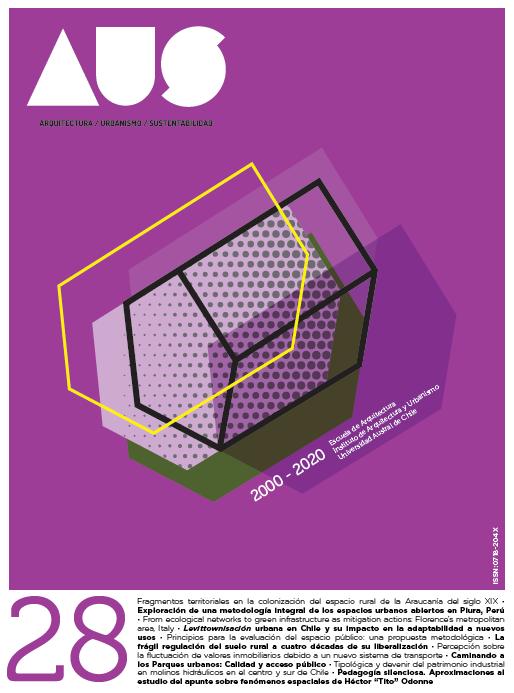Urban levittownization in Chile and its impact on the adaptability to new uses
Main Article Content
Abstract
Many Chilean cities are experiencing strong expansions linked to the construction of single-family housing complexes, resulting in peripheral areas that seem to invariably remain residential over time. This study suggests that the suburbs built by developers in the past few decades would be reproducing some characteristics of the Levittowns, the classic US post-war suburb, with added functional consequences, particularly concerning their adaptability to new land uses. Potential levittownization processes are studied by exploring the uses and layout in recent urban developments in the city of Valdivia, resorting to the methodologies of urban morphology and Space Syntax. The findings suggest that the complexes studied were spatially segregated and planned with concentrated facilities, disperse buildings, and morphological and functional homogeneity that hinder the emergence of non-residential uses. Levittownization is acknowledged then as a phenomenon shown to alter the evolution of our urban systems.

